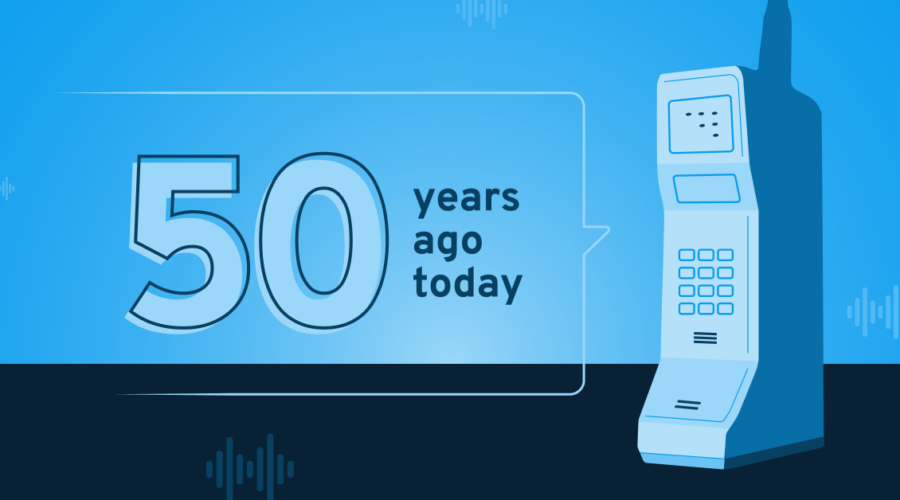Local phone calls are still the most effective way for a business to speak with its customers, regardless of their age and despite the growing popularity of emerging communications technologies.
That’s the headline finding of our new survey of US consumers, which reveals that nearly two-thirds (60%) prefer picking up the phone to receiving text messages when it comes to communicating with businesses.
It may be tempting to dismiss the importance of the telephone in favor of social media, chatbots, and other newer technologies.
These channels certainly have their place, but voice remains the fundamental touchpoint between contact centers and their customer base.
Shooting down the stereotypes
We questioned over 1,000 US consumers ranging from Baby Boomers to Generation Z about the type of communication that they prefer to use when interacting with a business.
Going against the stereotype we have of youngsters with their thumbs glued to their smartphones, some 65% of Generation Z (0-21 years old) and Millennials (22-37 years old) admitted they actually prefer phone calls over text messaging and are 39% more likely to answer calls than any other generation!
If you’re operating your contact center in multiple markets, being able to quickly and easily create a local voice presence anywhere in the world is essential.
In fact, our research shows that consumers are more trusting of local phone calls than those coming from out-of-state numbers. What’s more, they are 3x more likely to answer a local call than one coming from an international number.
With more businesses operating across borders and the average consumer receiving nearly 23 unknown calls a week, the competitive advantage of dialing from a local number really cannot be overstated.
Not using a local number? You’re losing out
By leveraging local phone numbers, companies can maximize the likelihood of engaging with their customers, with consumers 3x as likely to answer the phone when receiving a call from a number within their geographic area. As well as this, respondents are 34% more likely to be receptive to taking a sales call when from a local number. So it’s not an exaggeration to say that local presence dialing is the holy grail for businesses.
Voice of a generation
Surprisingly, our data reveals that Generation Z and Millennials prefer to be contacted with a phone call almost 4X more than Generation X (38-53 years old). So there’s no denying that the telephone is still the most important communication channel and you should modify your contact center outreach accordingly.
Know your customers
While voice is critical, good CX (customer experience) involves a joined-up approach across channels. And that means supplementing calls with texts, emails, and any other channel that your customers prefer. One of the most interesting aspects of our findings were the geographic differences in preferences between voice and SMS. Interestingly there was a strong preference for texting along the western seaboard, while voice is strongest in the middle and east of the country.
At the extreme ends of the scale, 83% of those in the Pacific region stated a preference for receiving texts, while 71% of New Englanders and 75% of those in West South Central preferred phone calls. We’ll be looking at these geographical trends and what they might mean for businesses operating across the US in a follow-up blog shortly.



